Cassini photographed the three satellites of Saturn simultaneously
 Bashny.Net
Bashny.Net
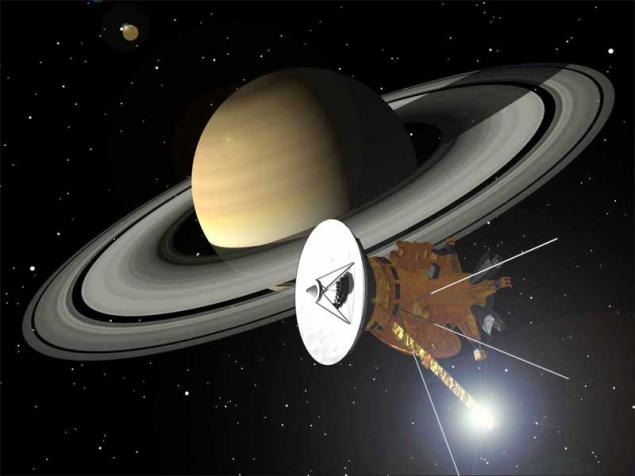
On Earth, we often see a partial moon phases for some even have their own name, which we are all familiar - "Month". But not only in the world can observe the phase shift of the satellite. Is the solar system places where such observations can be carried out continuously, and not with one companion, and immediately many.
Thus, recently the spacecraft Cassini photographed just three months , three satellites of Saturn in the initial phase: Titan , Mimas, Rhea. Titanium is a bit vague, as we see only the cloud layers, which produce a similar effect. Titan's atmosphere refracts light, so visible and unique "swirls" slightly beyond the moon.
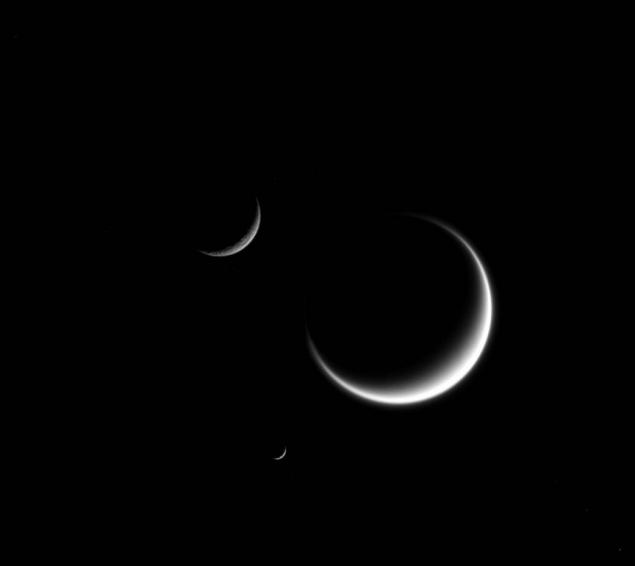
Back in 2004, when the station Cassini only the study of Saturn and Titan, scientists have discovered that the north pole of Titan's quite a lot of clouds. It was the local "late summer." Clouds have been observed until the spring, in the same northern hemisphere. Then, in 2010, was discovered a massive storm on Saturn, and the clouds are far fewer, they are almost gone.
Ray (upper left corner) is covered with craters that can be seen even at a distance and in this light. As for Mimas, it is not very visible, but you can also notice the point on the crescent moon - it is also a consequence of countless collisions of meteorites to the surface of the planetoid.
The photograph was taken from a distance of station about 2 million kilometers from Titan. Permission for the Titan - 121 km per pixel. For Mimas - 18, 4 km per pixel. And Rhea - 21, 1 km per pixel.
Earlier Cassini passed pretty detailed images of Hyperion , one of the smaller moons of Saturn.
It is worth noting that during his work (since 1997) Cassini passed a lot of interesting information on the Earth. The station showed rings of the giant planet, its moons, and some other nearby objects. Information regularly send station is extremely important to science - thanks to the machine managed to better understand the nature of Saturn's rings, see the satellites of the gas giant as close as possible to explore the region.
There are other pictures of the transmitting station:
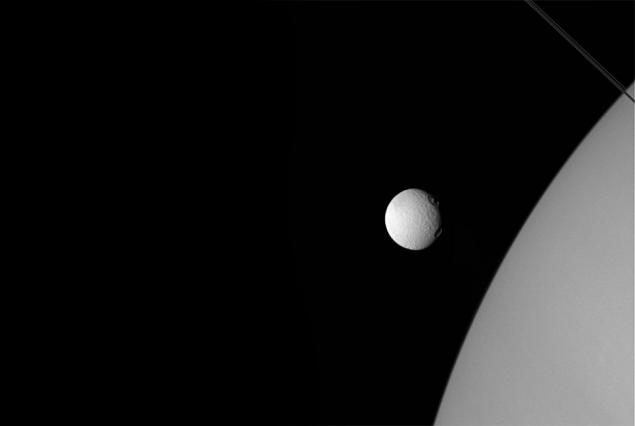
It Tethys - the third Saturn i>

She even closer i>

Ray, you can see the surface covered with impact craters i>
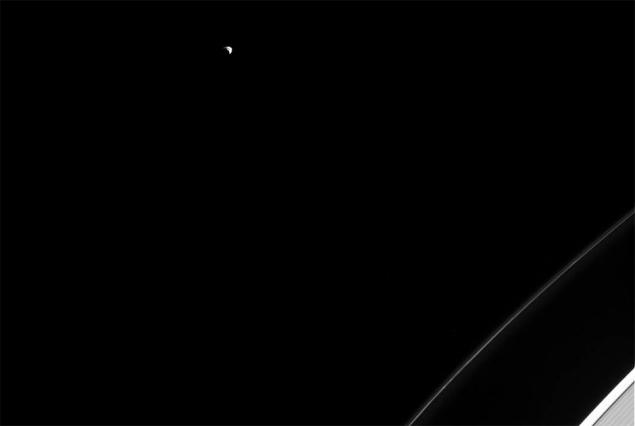
Well, it's Janus i>
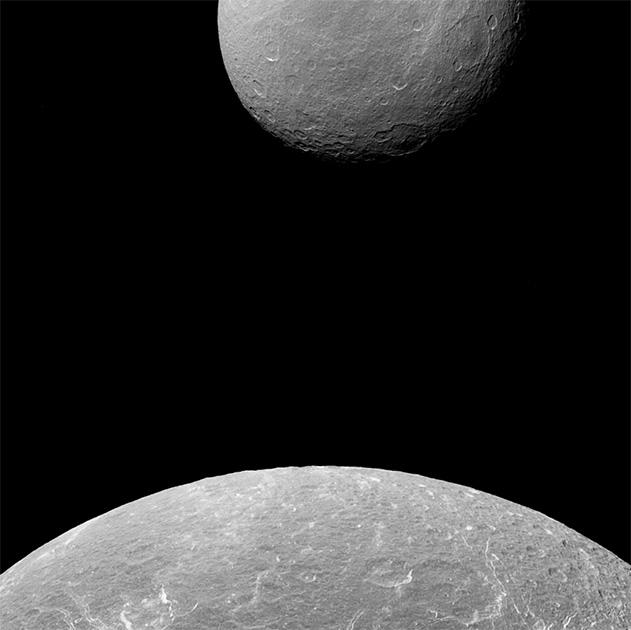
Rhea and Dione i>
Source: geektimes.ru/post/252472/
Tags
See also
Satellites of the Solar System
10 strangest moons of the solar system
10 most interesting moons of the solar system
New smartphone from LG, a three SIM-cards simultaneously
12 ways to destroy the Solar system by the people
Amazing facts about the universe that you may not have known
The most exotic fruit
The officer-commando
Exotic fruits
iPocket - Recharge Smart divays plus wireless external memory with the ability to rassharivaniya over WiFi

















